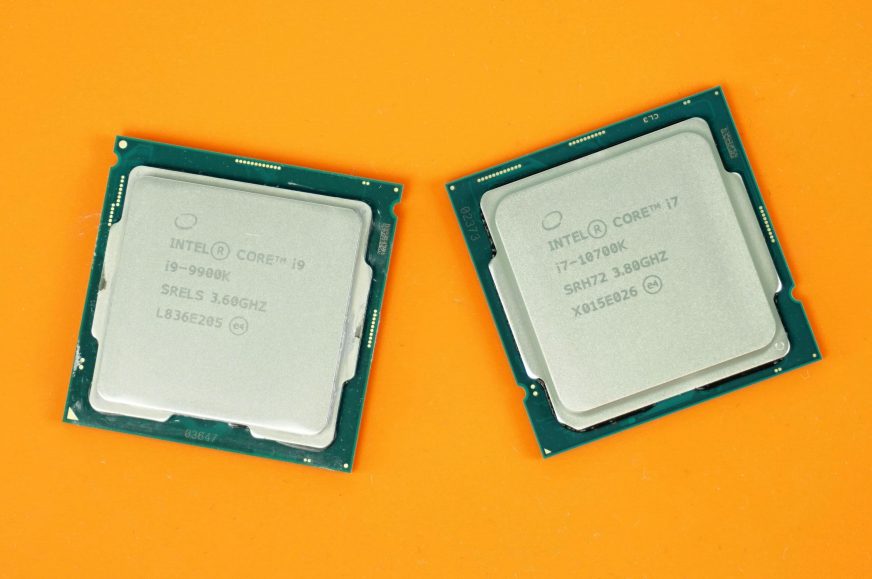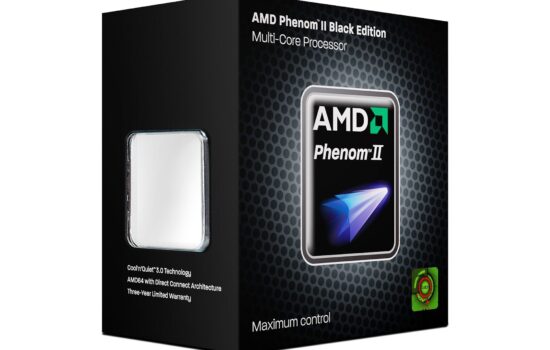Rendering and Geekbench
In the latest Core i9-10900K test, we found it to be great for high fps games, but the power draw, price and performance are not as good as the competition, AMD, offers. Intel still maintained its lead in games, but the 10900K is definitely not an ideal processor. If games are your priority, the alternative may be the Core i7-10700K which is actually just a redesignated and slightly modified Core i9-9900K.
Rendering
You already know from the 10900K test that Intel still has a certain advantage in single-core. The 3900X beat the 9900K last year, but both the 10700K and 10900K are taking the title back. In the case of 10700K it is only a 2% victory over Ryzen, and 3% over the predecessor 9900K. In multi-core you can see that the 10700K gained a 6% lead over the 9900K.
The newer Cinebench R20 already rates the 3900X better, in which AMD has a 1% lead over the 10700K. Compared to 9900K, it is 2%. In multi-core, the difference between these 8-core Intels has narrowed again, to 3%. In any case, these are all minimal differences, which will vary with the use of different memory speeds.
In a practical test of the POV-Ray render, the 10700K is 4% faster than the 9900K.
In Blender, the older 9900K wins surprisingly for a change, by 4%.
Geekbench
Geekbench 3 in single core is identical for both 8-core processors, while in MC the older CPU wins by 2 %.
Geekbench 4 favors Intel, the 10700K has a 2% lead over 9900K in both single core and multi core.
The latest Geekbench 5 shows only minimal differences between 9900K and 10700K. In SC only 1% in favor of the new piece and in MC the results are identical.
10700K does not bring any noticeable increase in power compared to 9900K which could be expected due to almost the same composition and only slightly higher clock speed.
- Contents
- Tuned Core i9-9900K
- Rendering and Geekbench
- Gaming, graphics tests and PC/3DMark
- Encryption, encoding and memory tests
- Heating and power draw
- Rating










